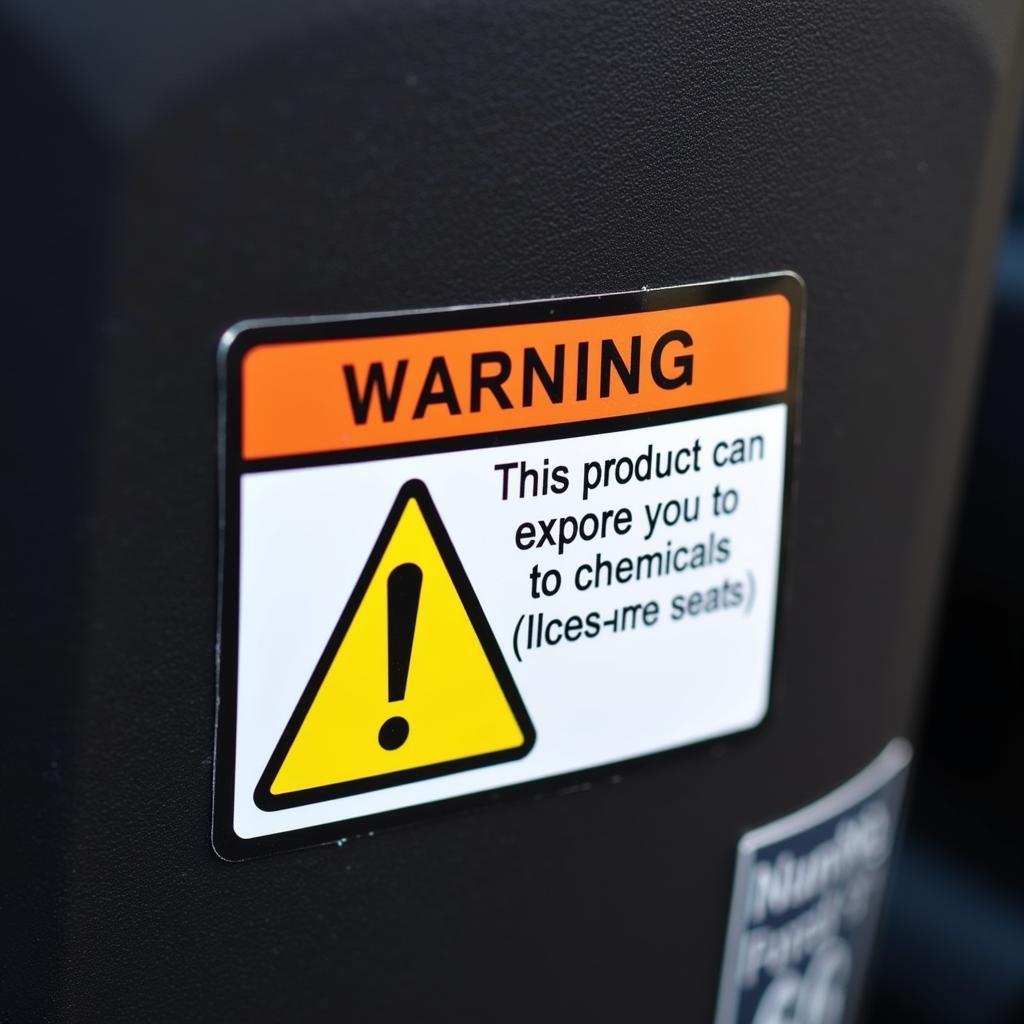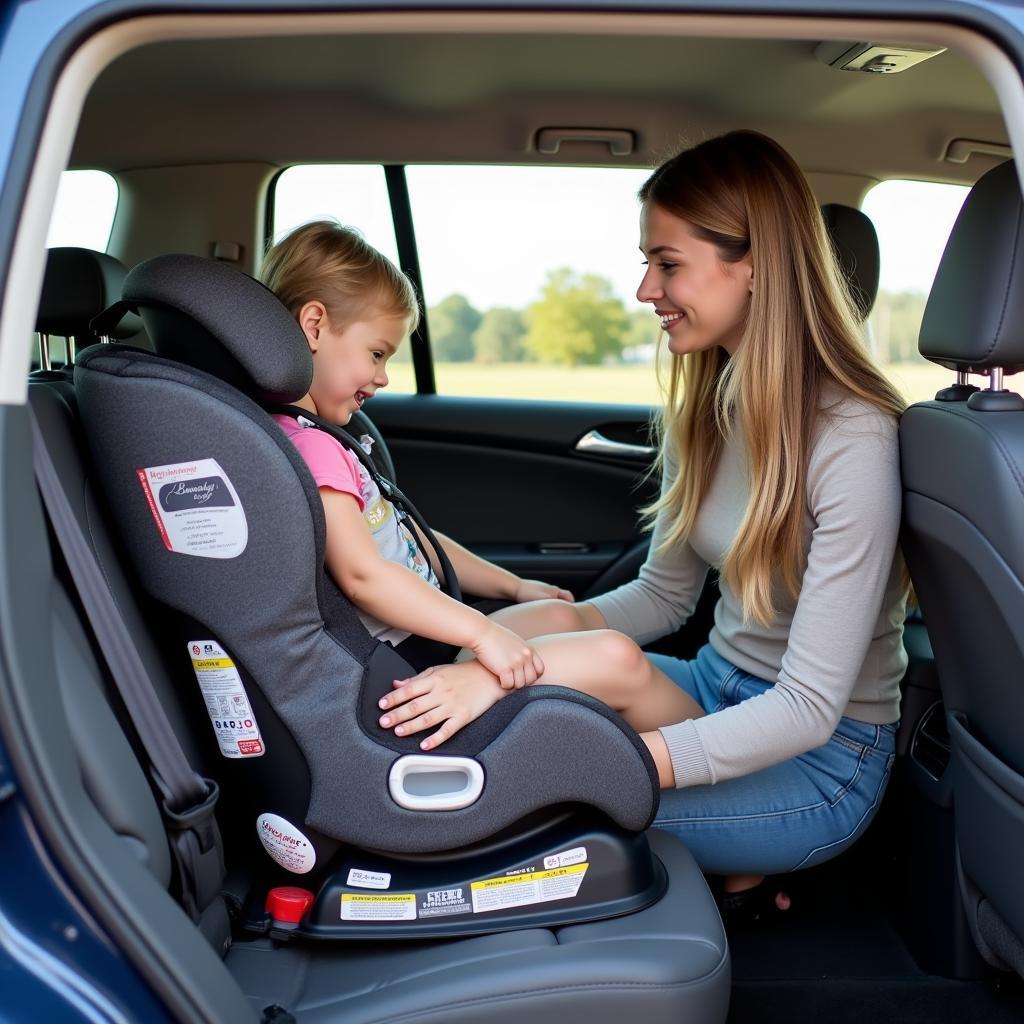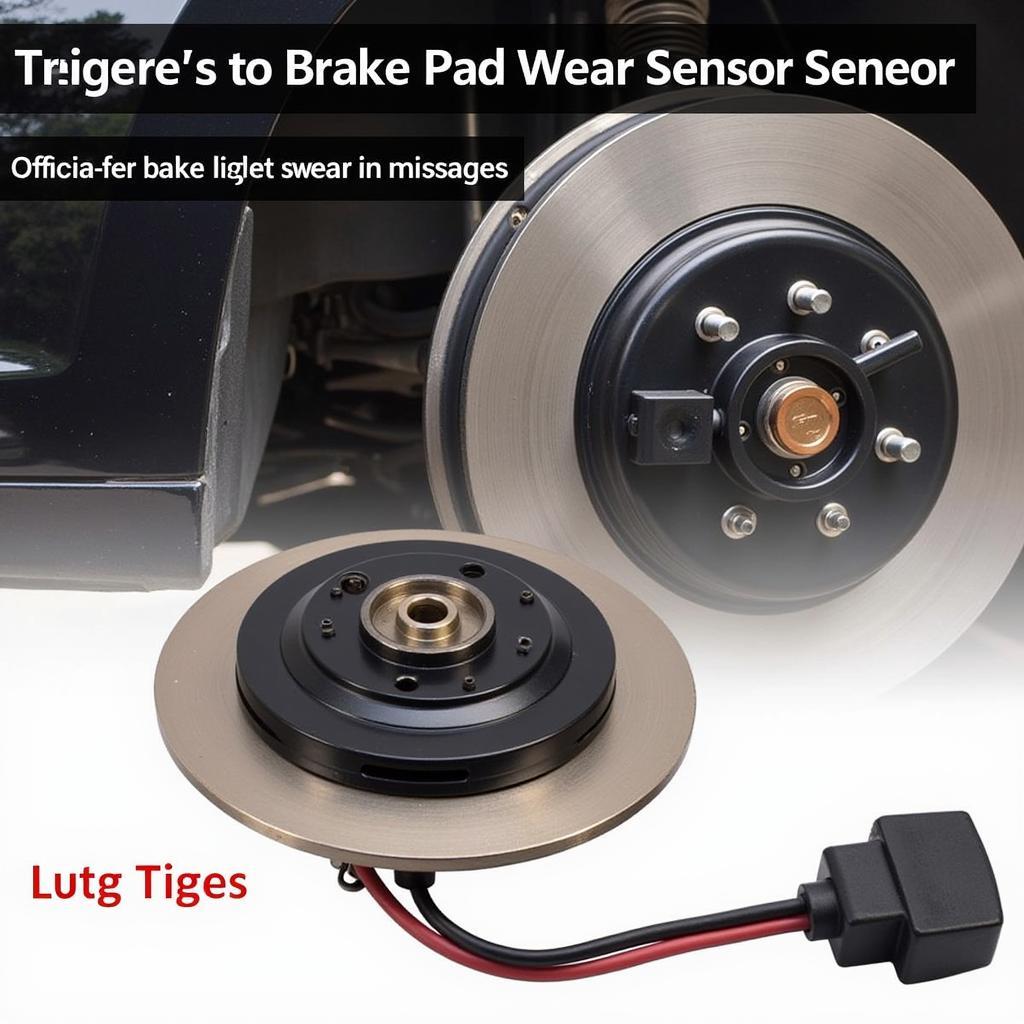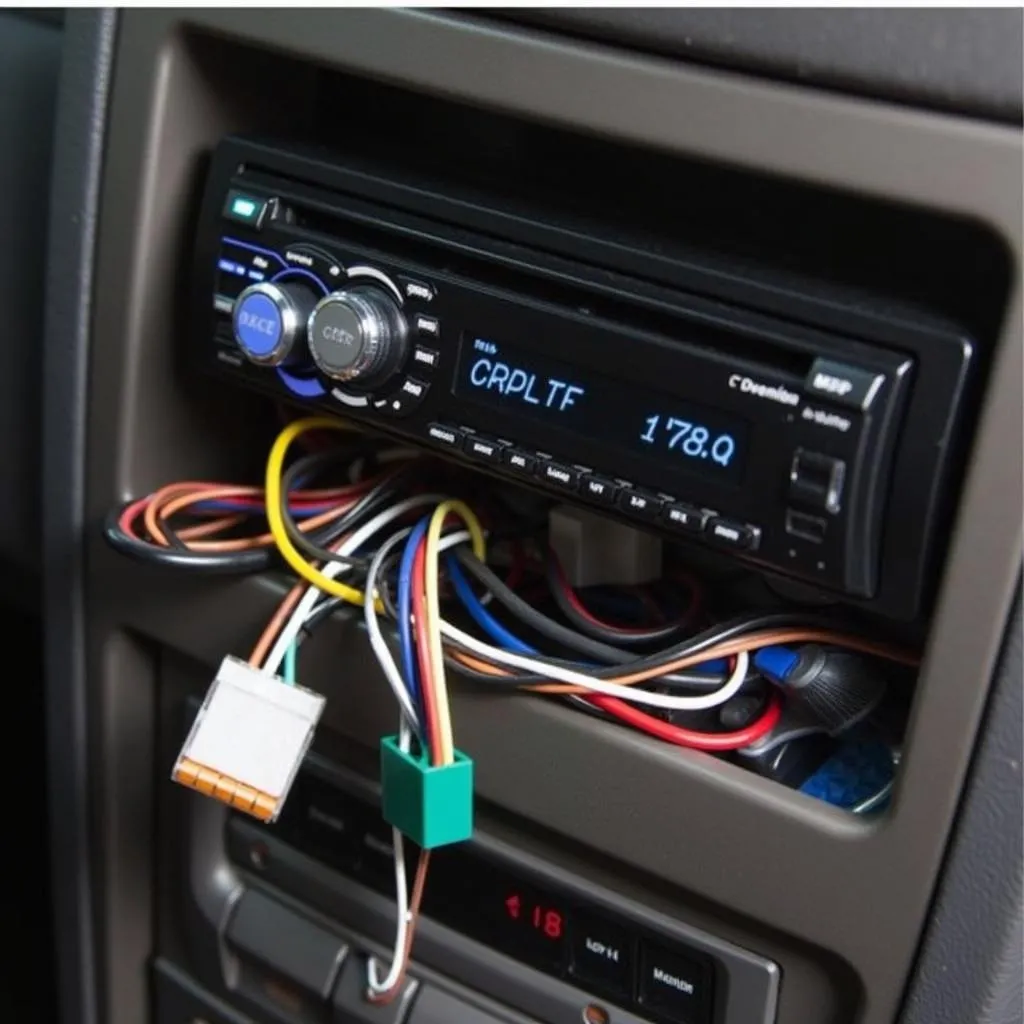You’re buckling your child into their brand new car seat when you see it: a warning label mentioning “cancer and reproductive harm.” It’s enough to make any parent panic. What does it mean? Is your child safe? This article is here to break down those concerns and explain why these warnings, while alarming, don’t necessarily spell danger for your little one.
 California Proposition 65 Warning Label, which is known to the State of California to cause cancer and birth defects or other reproductive harm. For more information go to www.P65Warnings.ca.gov”.]
California Proposition 65 Warning Label, which is known to the State of California to cause cancer and birth defects or other reproductive harm. For more information go to www.P65Warnings.ca.gov”.]
Deciphering the Warning: It’s All About Transparency
These labels are most likely connected to California Proposition 65, a law enacted in 1986 with good intentions. Its goal? To protect Californians from exposure to chemicals known to cause cancer, birth defects, or other reproductive harm. While the law is specific to California, its impact is felt nationwide, as manufacturers often choose to include the warning on products sold across the US to simplify production and labeling.
The critical point to remember is that Proposition 65 doesn’t ban these chemicals outright. Instead, it requires businesses to notify consumers if their products contain any listed chemicals above a specific, very low threshold.
Car Seats and Proposition 65: Why the Concern?
Car seats, being products children use daily, are naturally subject to strict safety regulations. So why would they contain anything potentially harmful? The answer is complex and relates to the wide range of materials used in their construction.
Think about what goes into a car seat: flame retardants in the fabric, plastics in the shell and buckles, even the foam padding. Many of these components, while essential for safety and durability, may contain trace amounts of chemicals on the Proposition 65 list.
 Car Seat Materials
Car Seat Materials
“It’s important to remember that the presence of a warning doesn’t automatically equal danger,” says Dr. Sarah Jones, a pediatrician specializing in child safety. “It simply means the product contains trace amounts of a listed chemical. The critical factor is the level of exposure, which is often far below what’s considered harmful.”
What Does This Mean for Your Family?
Seeing these warnings can be unsettling, but it’s crucial to keep the information in context. Here’s what you need to know:
- The Dose Makes the Poison: The mere presence of a listed chemical doesn’t mean your child is at risk. The amount, duration, and frequency of exposure are key factors in determining potential harm.
- Stringent Safety Standards Still Apply: Car seats, regardless of Proposition 65 warnings, must still meet rigorous federal safety standards.
- Alternatives Aren’t Always Better: While seeking out “chemical-free” alternatives might seem appealing, it’s important to consider the overall safety profile. Some replacements might not offer the same level of fire resistance or crash protection.
Choosing a Car Seat: Prioritizing Safety
So, how do you navigate these warnings and make the best choice for your child?
- Don’t Panic: Remember that the warning label is meant to inform, not alarm.
- Focus on Overall Safety: Prioritize car seats that have been rigorously tested and meet or exceed safety standards. Look for certifications like those from the National Highway Traffic Safety Administration (NHTSA).
- Consider Your Specific Needs: Choose a car seat appropriate for your child’s age, weight, and height, ensuring a proper and secure fit.
- Stay Informed: Research different brands and models, and don’t hesitate to contact manufacturers with specific questions about their products and materials.
 Installing a Car Seat
Installing a Car Seat
” Ultimately, the benefits of using a properly installed car seat far outweigh any potential risks associated with the presence of trace chemicals,” Dr. Jones emphasizes. “Car seats remain the single most effective safety device for protecting children in vehicles.”
FAQs: Addressing Common Concerns
1. Are car seats without the warning necessarily safer?
Not necessarily. They may not contain certain listed chemicals, but other factors, like their crash test performance, are more critical in determining overall safety.
2. Should I be concerned about my child touching or chewing on the car seat?
While it’s always wise to encourage children not to mouth objects, the amount of chemical exposure from occasional contact is likely minimal and not a cause for significant concern.
3. Are there any car seat materials I should specifically avoid?
Focus on selecting a car seat from a reputable brand that meets safety standards, rather than trying to avoid specific materials.
4. Do these warnings apply to car seats purchased outside of California?
Yes, as manufacturers often use the same labeling nationwide.
5. Where can I find more information about Proposition 65 and listed chemicals?
The official California Proposition 65 website (www.P65Warnings.ca.gov) provides detailed information about the law and the listed chemicals.
Conclusion: Making Informed Decisions for Your Child’s Safety
Encountering warnings about cancer and reproductive harm on any product intended for children can be jarring. However, by understanding the context of these labels, particularly California Proposition 65, and focusing on overall car seat safety standards, you can make informed decisions that prioritize your child’s well-being. Remember, using a properly installed car seat that fits your child correctly remains the most crucial step in ensuring their safety on the road.


